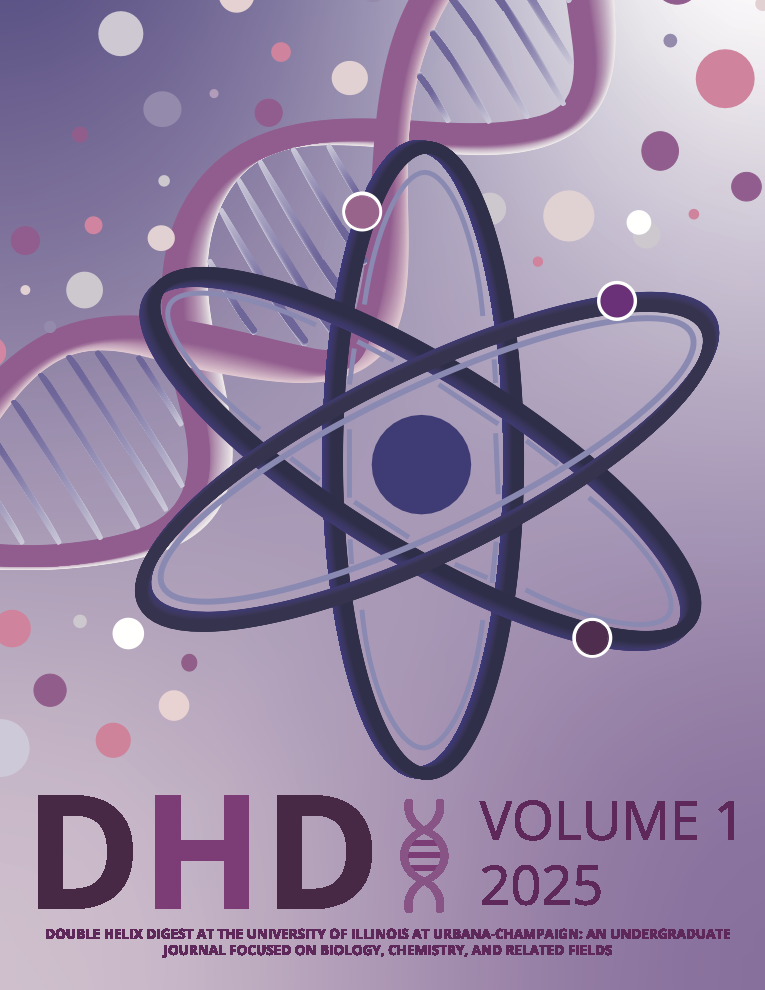Physiological Changes as a Result of the LSVT BIG and LOUD Programs for Those Affected by Parkinson’s Disease
Abstract
Parkinson's disease (PD) is a progressive neurological disorder primarily affecting motor function through the degeneration of dopaminergic neurons in the substantia nigra. Additional brain changes include Lewy body accumulation, impaired thalamic and cortical activity related to tremor and rigidity, and degeneration of the limbic and prefrontal regions contributing to mood disorders. Environmental factors like pesticide and metal exposure, alongside genetic variants have been linked to increased PD risk. Neuroplastic changes induced by the Lee Silverman Voice Treatment (LSVT) programs, particularly LSVT LOUD, increase activity in the right motor cortex, auditory cortex, and dorsolateral prefrontal cortex, improving speech production. LSVT BIG promotes cortical and sensorimotor pathway adaptations through large movements leading to enhanced balance and gait. Still, the LSVT program lacks accessibility, long-term effectiveness and patient-friendliness and thus, continued efforts must be made to feasibly implement this therapy.

